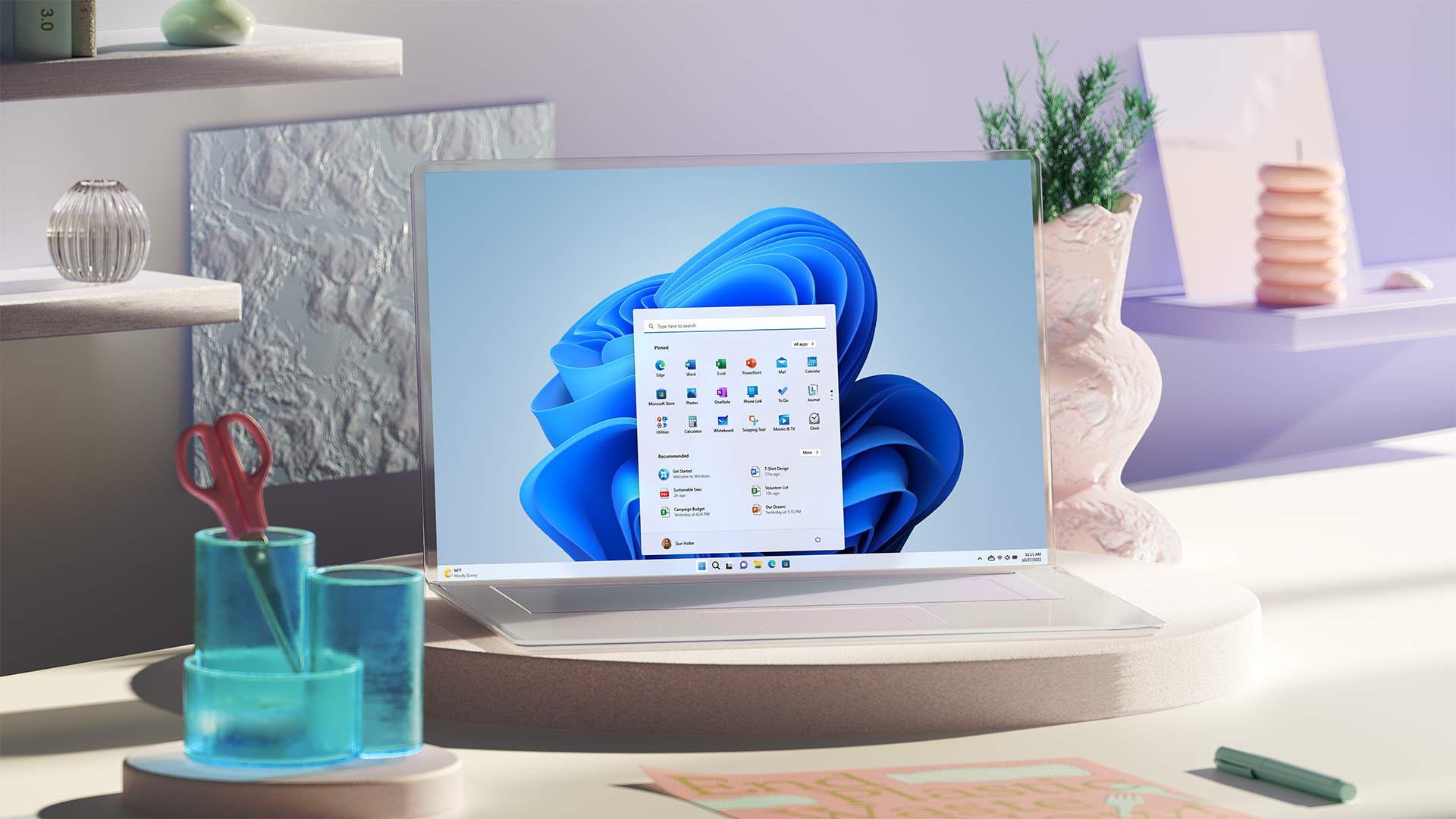
Windows 11’s big update for later this year, known as 23H2, is reportedly real and inbound for PCs – though how much impact it’ll make is another question (that we’ll come back to shortly).
Windows Latest has been doing some digging and tells us that it has spotted references to ‘23H2’ in a couple of documents, as well as Windows preview builds.
Furthermore, those references have also been seen in Windows 11 itself, in Settings, and Winver, a command that displays the current version of Windows (and labels a test build as 23H2, presumably).
Windows Latest underlines something else in its report, namely that the 23H2 update will be triggered via an enablement package, something we’ve already heard from the rumor mill in recent times.
This means that in theory – we need to take all of this with a fair old sprinkling of salt – Microsoft will preload the 23H2 update before it comes around to release. So Windows 11 users will only need to download a small update – the trigger, or enablement package – to receive the preloaded features.
This also suggests that the update will be a more minor affair, as generally this is the approach Microsoft takes with upgrades that are, shall we say, a little less ambitious in their scope – they are effectively quick and easy updates (relatively speaking).
Analysis: Making way for Windows 12?
This also marries with what we’ve seen thus far in preview builds, namely that there aren’t any huge Windows 11 features appearing in the pipeline thus far. Don’t get us wrong, there’s definitely some solid stuff present in the preview – some key interface changes, and the revamp of File Explorer (complete with a new photo gallery feature) – but the meaty changes appear to be somewhat thin on the ground.
Now, that could change, as there’s still some time before the release of 23H2 – perhaps as much as five months even. But the reality is the upgrade will probably arrive before November, and given the time taken to test larger bits of functionality, there isn’t much breathing room left to get that kind of testing in.
It also makes sense that Microsoft hasn’t officially said anything about 23H2 yet, simply because there’s not all that much to shout about, perhaps.
In reality, as Windows Latest points out, bigger moves are at this point probably being reserved for Windows 12. After all, Microsoft needs to make a splash with a new incarnation of Windows – something in all honesty it failed to do with Windows 11, which initially felt like more of a reskin of Windows 10 than anything else. (Albeit with some good changes on the design front, no doubt – but also frustrations).
So, Microsoft will likely be saving much of the juicier stuff for Windows 12 – or whatever next-gen Windows is called – and that’s quite possibly going to turn up later in 2024, so Windows Latest suggests. And that’s a believable prospect, given that Windows 10 will be pushed out of support in 2025, plus it also aligns with other chatter from the rumor mill, too.
If true, this means that next year’s annual update for Windows 11 (24H2) will likely also be a more minor affair – given that Microsoft will have shifted its attention to Windows 12. Then it’ll only be a matter of time before Microsoft ceases any meaningful feature updates for Windows 11, which is what just happened with Windows 10.







